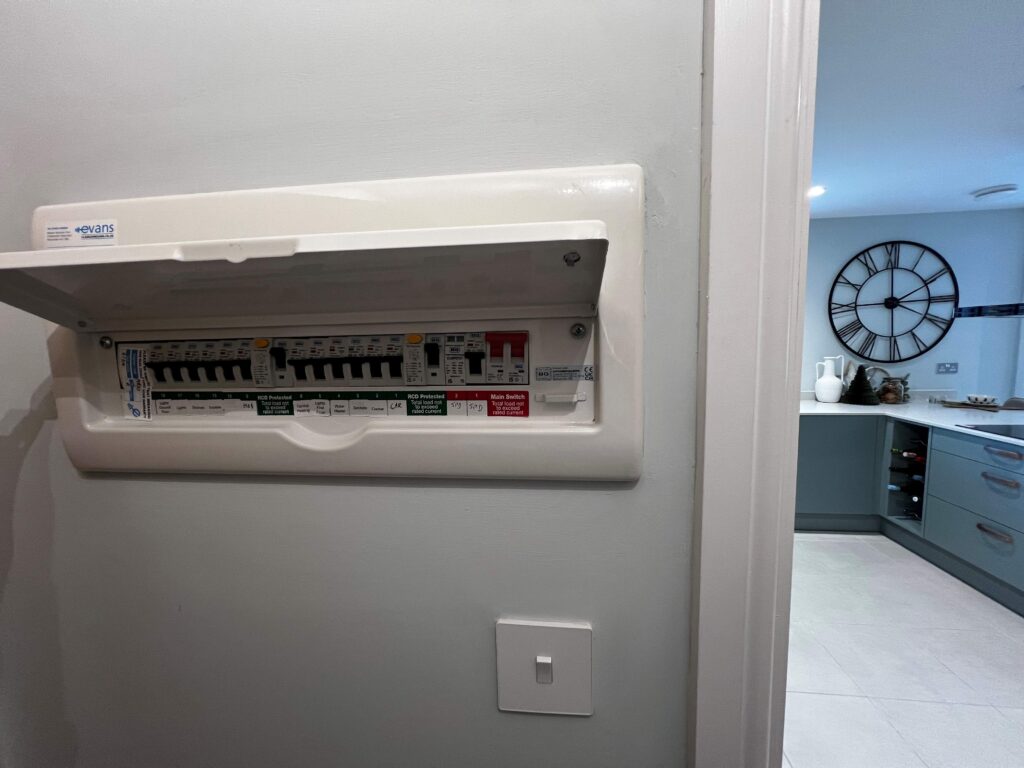Throughout the years we have all been told we need to save water, and exactly how to go about conserving more water. You have to turn the tap off whilst brushing your teeth, take short showers over having a bath and install dual flush toilets to reduce the amount of water that is used every time the toilet is flushed. These ways of living are ingrained into everyone’s minds, we could recite them in our sleep, so why is water efficiency still such a hot topic?
Showers, toilets, baths and bathroom sinks consume for than two-thirds (68%) of household water, and the average household uses 350 litres of water nearly every day. The bathroom is the place in the house where water usage is at its highest, which isn’t a surprise when there’s at least 3 plumbing devices that use litres of water a turn. While it is important that we all have a personal responsibility to ensure we aren’t using more water than needed, there are actual solutions that can be put in place to ensure there is less water being used by everyday appliances, and technological solutions that have come about since we all started being told how to reduce your water usage (and no, waterless toothbrushes aren’t one of them!).
Water efficiency is of a special importance in recent times. What with one of the hottest and driest summers on record in the UK, which caused wildfires and droughts. All this amalgamated into a hosepipe ban across the majority of the UK, which is still implemented across the vast majority of the island we live on. Not only are we getting hotter and drier summers than ever before which mean regulations are being put on water usage more often, but with the upcoming price hike of bills, families are desperate to find any and every way they can to improve and minimise their water consumption.
The myths
There are a lot of myths surrounding water efficiency and the ways we can all conserve water.
There’s the very common myth that spreads across generations that baths are so much worse than showers. It’s now taken as a fact that people don’t bother questioning anymore. But, with the rise of power-showers over the years, this is an outdated ‘fact’ and is a complete myth at this point. Average showerheads use around 12 litres of water per minute, and the newer more widespread power showers use around 15 litres a minute. Given that the average shower taken is around 10 minutes long, that adds up to 150 litres of water used every time you shower. On the other side of this ‘fact’, the average bath is usually around the 80 litre mark. This goes to show that baths actually seem to be more water efficient, especially if the average shower taker takes a long time in the shower, whereas you can lay relaxing in a bath for as long as you wish, taking the same amount of water from the start to the end of the experience.
To read the rest of the exclusive article see our latest issue here
Never miss a story… Follow us on:
Showhome
@Your_Show_Home
@Showhomemag
Media Contact
Anna Wood
Editor, Showhome
Tel: +44 (0) 1622 823 922
Email: [email protected]











